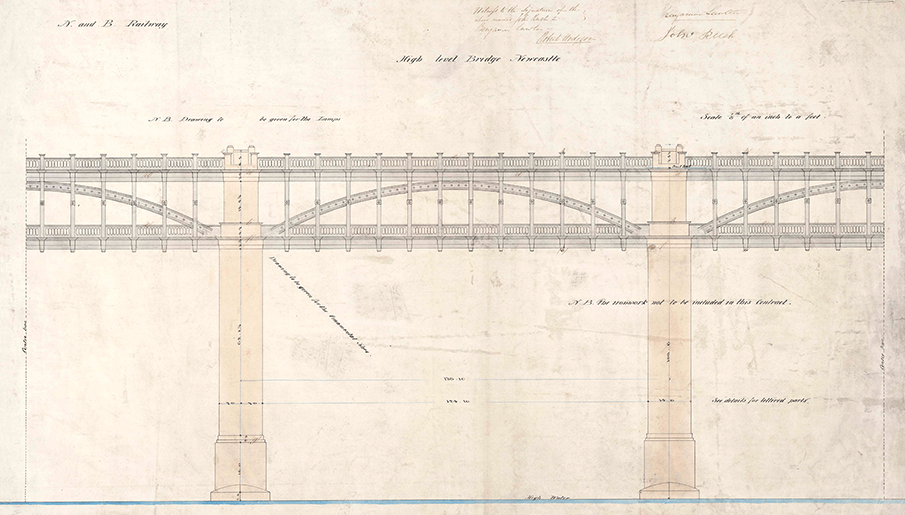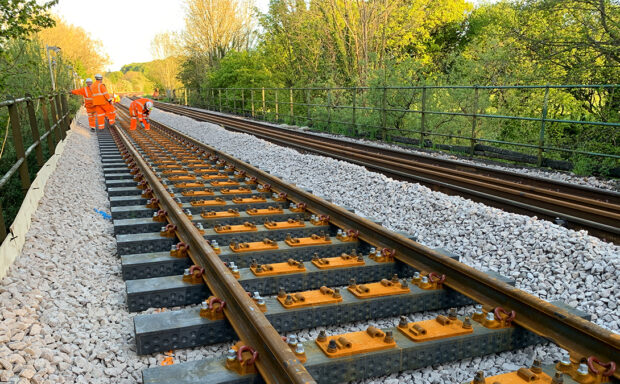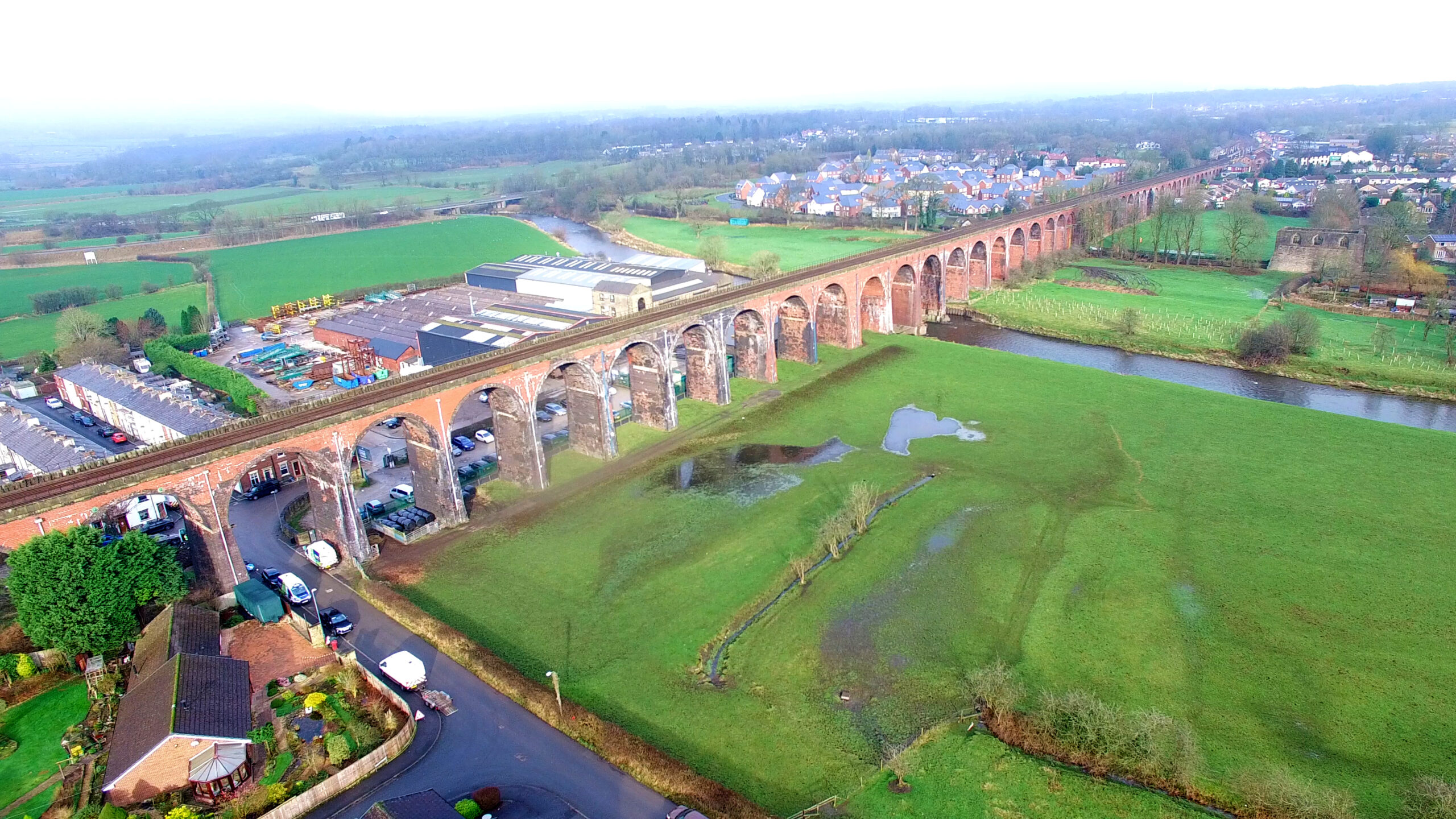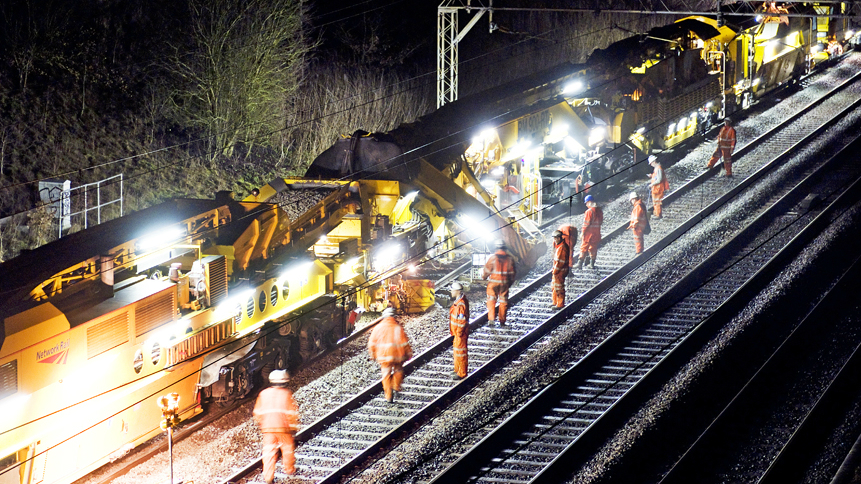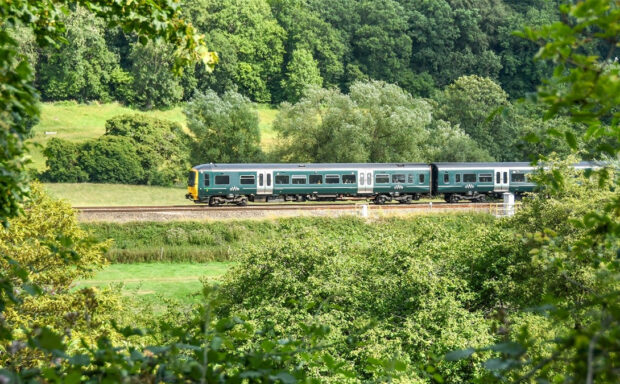Network Rail has contributed an image of one of Britain’s most historically important bridges to a major exhibition celebrating the North of England.
An image of Robert Stephenson’s High Level Bridge in Newcastle – the world’s first bridge to combine rail and road traffic – has been included in an online archive curated for the Great Exhibition of the North.
The exhibition, which will run all summer, celebrates the region’s pioneering spirit and includes exhibits, live performances and artwork. It also includes the History of the North in 100 Archives, an online exhibit featuring telling the story of the North in 100 selected items.
The original Rocket locomotive designed by George Stephenson, which made passenger trains possible, also features in the Great Exhibition of the North. Visitors can see the engine at Discovery Museum, on loan from the Science Museum Group.
A world first
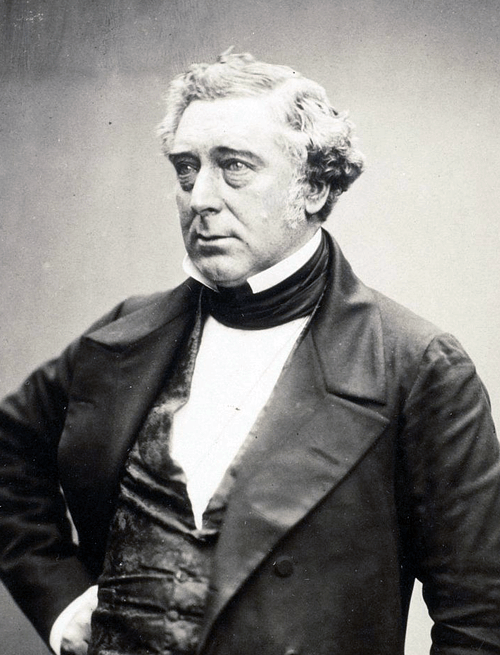
Opened in 1849, the High Level Bridge at Newcastle was part of the objective to create a continuous line from London to Edinburgh.
Robert Stephenson (pictured right) designed the bridge to carry the railway above, rather than beside the road for the first time – a concept that would save space and money.
The roadway was built at 96ft (29m) and the railway 120ft (37m) above high water on the river to enable a level line for the railway across the deep and wide Tyne valley.
King Edward VII opened the King Edward railway bridge nearby in 1906, which provided a shorter route into Newcastle station. Today the High Level Bridge is used as a turning loop on the East Coast Mainline.
Conservation
Network Rail undertook an extensive refurbishment project of the bridge between 2001 and 2008, which strengthened the structure and restored some if its original features.
The project received prestigious awards, including the 2009 Grand Prize for Conservation from Europa Nostra, for its research into the use of cast iron and the conservation techniques it used.
Protected heritage
The drawing has a special place in the archive – it dates from about 1847, the earliest days of the development of the railway infrastructure.
Because of its date and its association with Robert Stephenson, the drawing is designated under the Railway Heritage Act, which means it is protected as part of the nation’s heritage.
Vicky Stretch, an archivist at Network Rail, said: “This drawing is 170 years old and is in really good condition. Network Rail Archive has had it conserved; it was cleaned, flattened and the edges of the drawing repaired. We also keep it in a temperature and humidity controlled store so it will survive well into the future.”
Vicky added what’s striking about the image is that it looks exactly as the bridge does today. She said: “It is instantly recognisable as one of the bridges across the River Tyne.”
It’s signed by the contractors, John Rush and Benjamin Lawton, builders from the City of York. It’s also signed by Robert Hodgson – Stephenson’s right-hand man on the ground in Newcastle.
Vicky said: “Unlike Brunel, who designed and then signed everything, the Stephensons didn’t sign too many of their contract drawings themselves.”
Read more
- Preserving railway history: five things saved by Network Rail
- Network Rail graduates step into history
- Step back in time… and inside Britain’s busiest signal box
- Incredible Stephenson railway history rediscovered
- Read the George Stephenson notebook online
- An overview of our history
- Working with railway heritage
